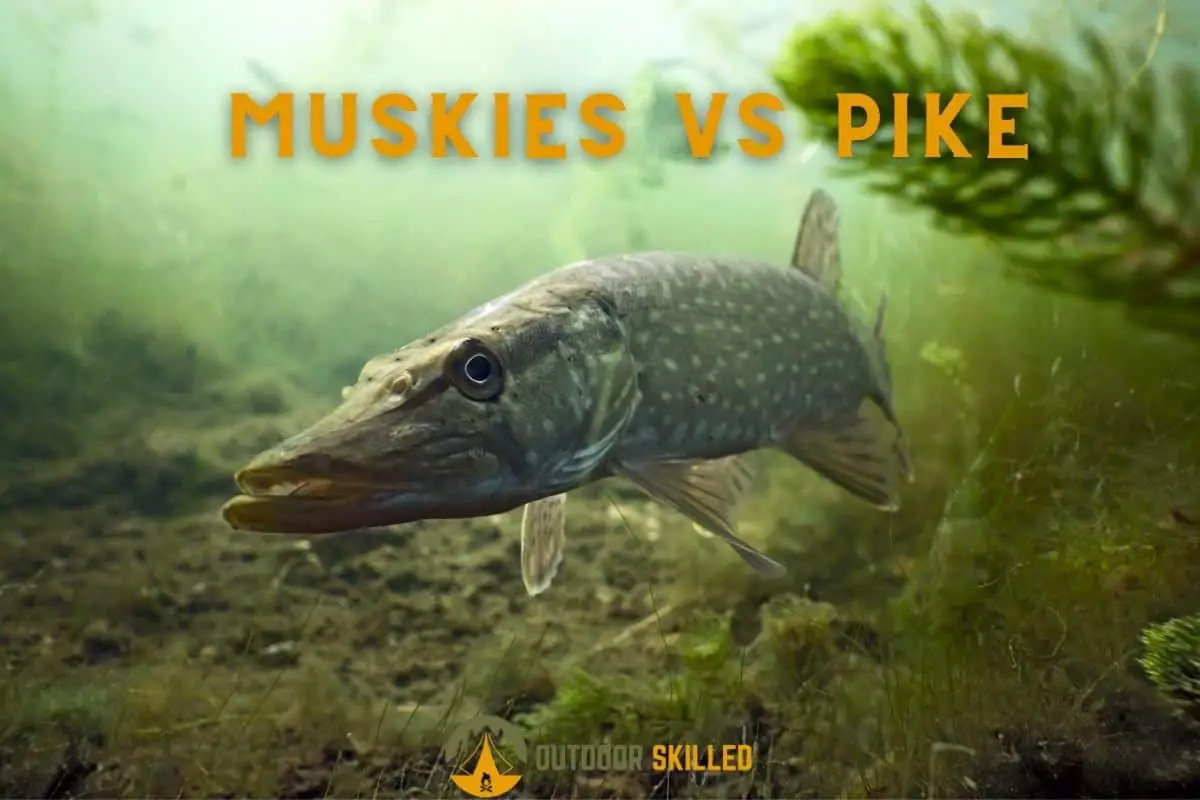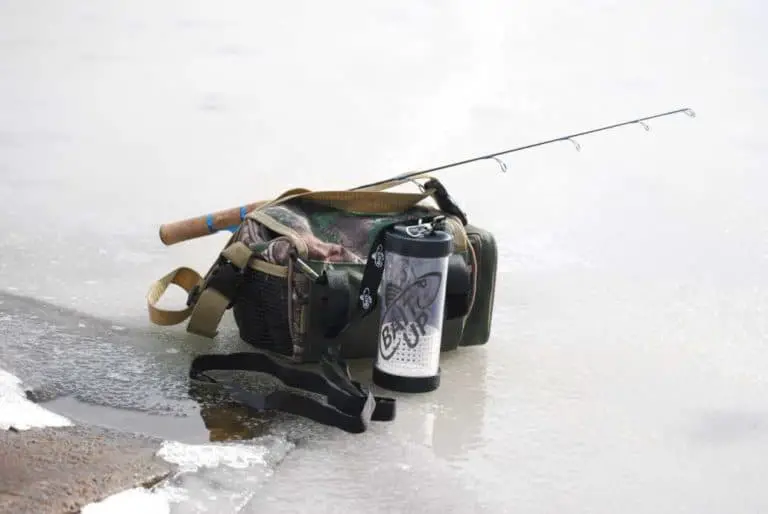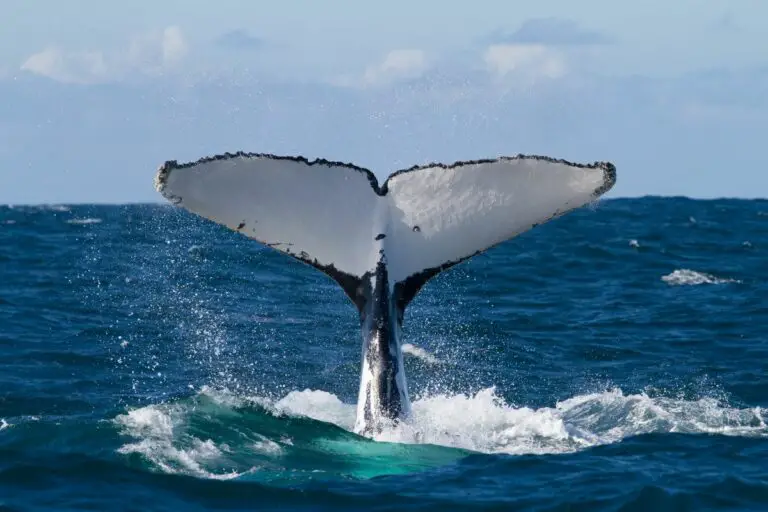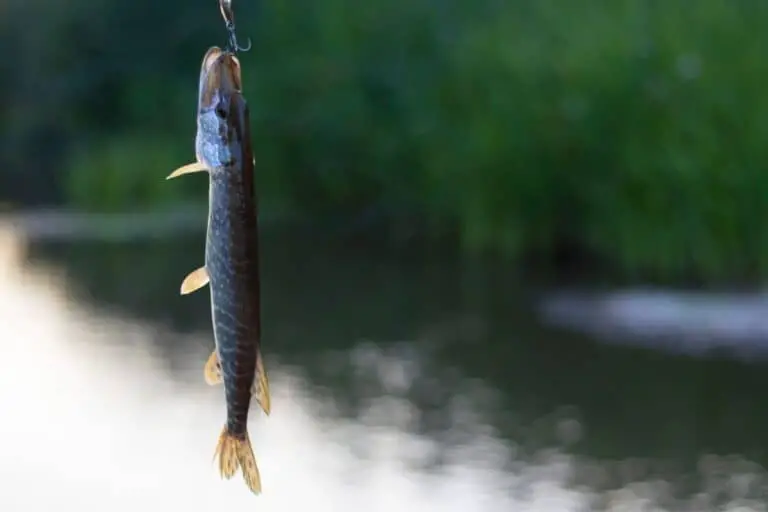Do Muskie Eat Pike? A Full Comparison of Muskie VS Pike
Muskies and pike are known to be of the same family, they have lots in common physically and behaviorally and they’re one of the most popular game fish out there. But does that mean one of them won’t give in to their predatory nature and avoid attacking the other? You can’t be 100% sure.
So, Do muskie eat pike? Yes, muskies occasionally eat pike. Pike isn’t on muskies essential diet but that doesn’t mean muskies won’t feed on them every once in a while. Muskies’ nature of being opportunistic feeders can make them attack and eat a struggling pike that makes an easy meal.
It was a surprising fact for me too! Keep reading to know more about how the predatory nature of muskies works on other game fish like pike.
Table of Contents
Do Muskies Eat Pike?

Several studies have been conducted to come up with a muskie diet over the years, these studies concluded that game fish such as Pike make up a very small part of a muskie diet. A muskie won’t attack a pike because they enjoy them as a meal, they’ll simply attack them because they can.
Muskies are opportunistic feeders with vicious predatory nature, they’ll go for any easy meal they can get. So if they spotted a struggling vulnerable pike or any other game fish, they’ll attack without hesitation.
It rarely happens in a context other than opportunistic feeding, muskies won’t seek a healthy strong game fish to feed on. Instead, they go for soft rayed, a high protein-based baitfish such as Suckers, Tullibee, Ciscoes, Bullheads, Carp, and minnows.
Watch the video below of fellow anglers who experienced this hard-to-believe experience of a muskie attacking a pike on the hook. What happened is when these anglers got a small pike on the hook and it stopped fighting, a nearby muskie didn’t miss the opportunity of an easy vulnerable meal and shot their shot even if it was on a fellow game fish.
How to tell the difference between a Pike and a Muskie
Pike and Muskie come from the same family with so much in common, so you may ask: why is it important to know the difference? There are many reasons; the most important one is you have to know what you caught in case a conservation officer asks you, or when you need to check the fishing rules for each one of them.
There are simple ways to distinguish between a Pike and a Muskie, stated below:
Skin
The coloration and pattern of their skin are the simplest way to tell whether it’s a muskie or a pike. A northern pike skin is bluish-green, with light, creamy spots that are bean-shaped in horizontal rows across their body. Juveniles have oblique bars of light and dark extending up from a white belly.

Muskies are quite the opposite, they have vertical dark spots on an olive-to-grey base, and juveniles may appear to have the same dark spots on a silvery base all over their body.

A tiger muskie, which’s a hybrid between a muskie and northern pike, counts as a muskie because they share the same length range, regulations, and have the same dark vertical bars and dark irregular spots on olive-to-grey skin.
Lower jaw

Both Muskie and Pike have pores underneath their lower jaw. The difference is that muskies are richer on them than pike. A muskie has six pores or more on their jaw sides, if it’s less than that it’s definitely a pike.
Note: turn the fish over very carefully not to hurt or stress it and get it back to its natural position as soon as you count these pores.
Tail

Muskie’s tail fins are split out in two pointed halves. Tails of pike or tiger muskies are split into two rounded parts. This tip also helps you to distinguish a tiger muskie from a regular one.
Face
You need to look closely at their face, a pike cheek will be all covered with scales, while a muskie’s scales only cover the top half of their face.
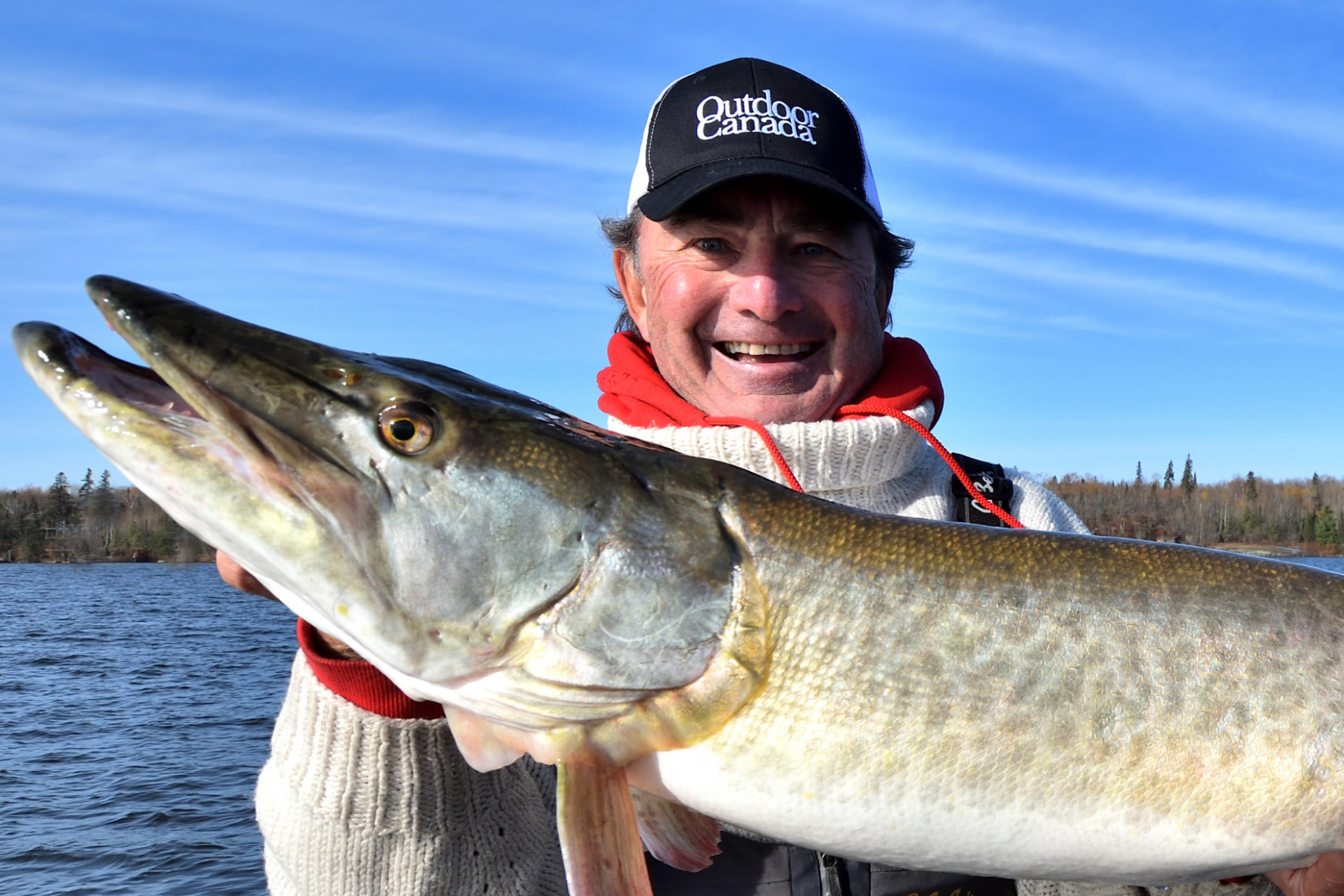
Don’t get frustrated if you have to check this guide every time you catch a suspected muskie or pike. With time you’ll be able to determine whether it’s a muskie or a pike from the first glance
Can Pike and Muskies Live together?
Unlike humans, predator game fish that have lots in common don’t necessarily coexist with each other. Muskie and Pike are no exception, they don’t successfully coexist with one another in one place for too long.
Muskie and pike happen to live together in some lake systems, but not all of the systems can hold this relationship. So what makes some systems eligible for this coexisting and some are not?
There are some biological explanations provided by the Ministry of Natural Resources and Forestry; one of them is that they successfully coexist in large water bodies where there are more varieties of habitats available and there is room for everyone.
These large water bodies consequently have a variety of prey for both muskie and pike, and there are a lot of them. This is evident in systems like Lake of the Woods, Georgian Bay, and other large lakes where it’s considered prime fisheries for both species; which means muskies and pike have no problem living together.
When both species are known to be successfully living together in the same lake, it’s because they created their mechanism of coexisting which is separation.
Biologists are still figuring out how it happens, but it’s highly probable that muskie and pike separate during spawning. If the pike is not present in muskies spawn locations and vice versa, they survive living together.
Ready to go on your next fishing trip? Check out my recommended muskie reels here. These are the ones that survived my years of testing and have proved to just be the best there is, so I really do recommend checking them out.
You can also check out my guide on how to catch muskies easily here, I think it will be superbly useful to you on your next fishing trip. Hopefully, you will be able to bring in trophy muskies using the pro tips discusses in this post.
Muskie VS Pike
| Comparison | Muskie | Pike |
|---|---|---|
| family | They share the same family of “Esox” | |
| length | The typical range is 28-to-48 inches (about 71-to-122 cm) long. Some have reached up to 6 ft (about 1.8 m) long. | The average length is about 16-to-22 inches (40-to-55 cm).They can grow up to 59 inches (150 cm). |
| weight | They weigh 15-to-36 lb (about 6.8–16.3 kg) but can grow up to almost 70 lb (32 kg). | They naturally weigh 63 lb (about 28.4 kg). |
| General size | Young muskies and pike share the same size. However, adult muskies grow to be twice as big as pike, especially female muskies. | |
| Natural habitat | Both have the same natural habitat which includes: Clear but dark waters. Shallow water in winter deeper in warmer days. They’re rarely found more than 20 ft (around 6 m) deep. Ambush near thick weed beds camouflaging themselves to attack next prey.Near rocky areas Large rivers and medium-sized lakes. Although Pike can stay in smaller spaces. | |
| Where to find | Around the Great Lakes and its rivers.Along the Appalachian Mountains as far south as Georgia. Lake Manitoba Lake Winnipeg They can be found in other places, with more limited numbers. | From the northwest of Alaska over to Labrador in eastern Canada. Oklahoma ArkansasIsolated south lakesyou can find them within the same northerly range around the world.They can be found in other places, with more limited numbers. |
| Fishing season | September and October are the peak trophy months | begins 1 October and runs until the close of the river coarse fishing season on 14 March. |
| Diet | Perch Walleyes Bass ChubsSuckers Frogs Snakes Bugs | |
| Best bait | Jerkbaits – Bucktail – Crankbaits Go for Bucktails anywhere anytime and don’t worry about missing a muskie Jerkbaits and crankbaits are best for casting. Go for larger bait if you’re trolling. | Spinnerbaits Live bait also works. Make sure to pick their size according to the season you’re fishing in. Use larger bait in fall and smaller bait for spring and summer when they go for small easy meals. |
| How to catch | 8-to-6 feet (2.5-to-1.8 meters) medium-heavy rod.Good quality reels with a 6-to-8 gear ratio. An 80-lb. (36 KG) braided line, tipped with an 80-lb (36 KG) fluorocarbon leader. Artificial lures like bucktails, and crankbaits or live bait like minnows.Drifter musky net. Once the muskie strikes, pull fast in the opposite direction to set your hook then pull it fast to your boat. | A 12 feet (3.6 m) long rod.At least 16lbs (7.2 kg) breaking the strain line.About 15lb (6.8 kg) mono reel.Rig a bait in the 6- to 12-inch range on a size 1/0 hook. Use a snelled wire leader attached to a snap swivel.Make sure to use a heavy leader not to get your bait bitten off. Give the pike a couple of minutes to turn the bait around in its mouth before you set the hook. |
Related Questions
Are Muskie or Pike More Dangerous?
Muskies and pike are on the same level of dangerousness. They both have strong bodies with a sharp set of teeth. Muskies and pike are natural predators who hunt most of their time, and evidently, they can attack humans even though it rarely happens.
Is Pike a Good Fish To Eat?
Yes, the pike is a good fish to eat. Many people tried to cook pike in different ways and their feedback is that they’re tasty if you cook it the right way. It’s recommended to try smaller pike as they are known to taste a little better. You can enjoy fried filleted pike with your favorite sauce.

